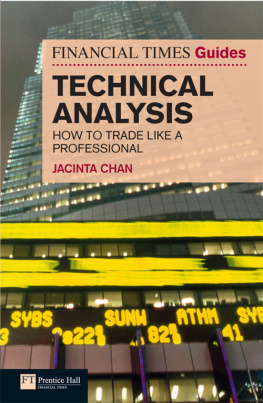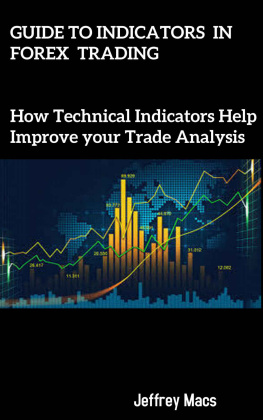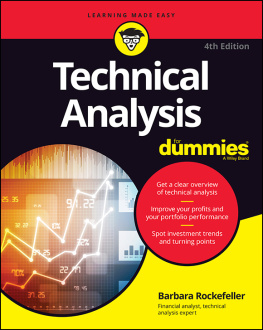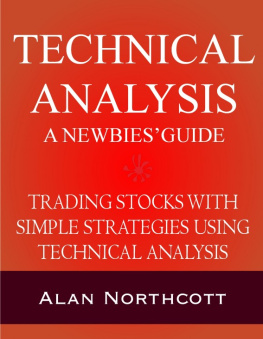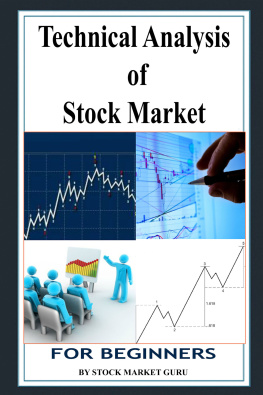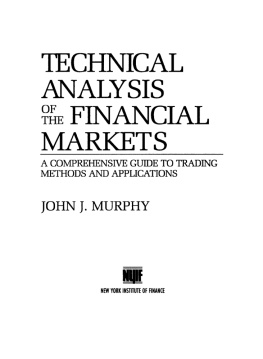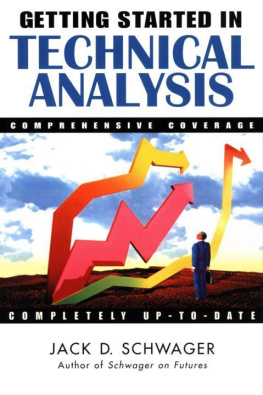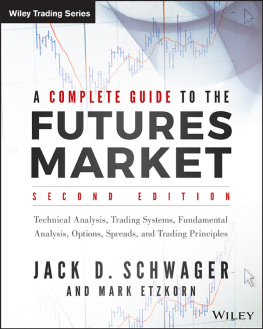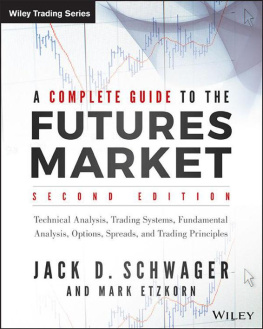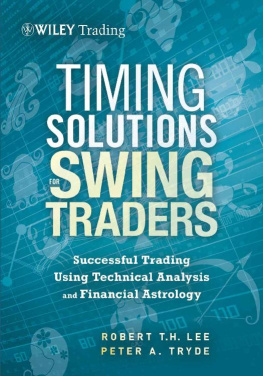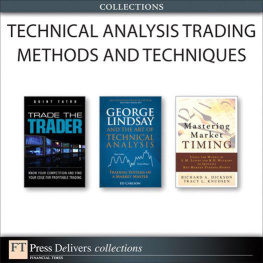In some instances we have been unable to trace the owners of copyright material, and we would appreciate any information that would enable us to do so.
Preface: what makes an exceptional trader
Investment is a fascinating subject that has intrigued many over the centuries. It amasses fortunes for some, loses millions for others. In todays fast-moving financial markets, more fortunes are made and lost than ever before, and in record time.
To be a savvy investor, you need the extra proven edge to ensure that your investments grow at the expense of uninformed investors. In order to make it in this game, you will need a statistical trading edge that has been proven to generate net abnormal returns in the long run. You will need a tool to gain this statistical trading edge and the tool is simply your very own mechanical trading system.
This book is a guide to a traders journey in search of that ideal algorithm trading system that gives you this statistical trading edge, one that can decipher market patterns and detect trends to generate net abnormal returns in the long run.
The Financial Times Guide to Technical Analysis is a traders guidebook, written by a trader for traders and you can become a successful one too. It is hoped that all traders will benefit from the books content. Using the same concepts and principles as those used by financial institutions, the book places retail investors on level ground with institutional traders. It guides them to make abnormal returns with their own technical professional trading systems.
This book is about how you can be a smarter investor, one who grows capital in the stock and futures markets. It is about how you, the smart amateur investor, take control of your financial future in all the financial markets. This book will show you how to assess the markets technically and time your investment in a way that lets your capital grow while limiting your losses all the way.
You will see how some successful professionals make profits consistently with technical analysis techniques and formulas, and learn how to apply the concepts and principles that professional traders use. You will also be exposed to insider knowledge and concepts from behind the trading desks of financial institutions.
The Financial Times Guide to Technical Analysis consists of two parts. The first part What do traders know? is an introduction to technical analysis. This basic level introduction is written for investors who are new to technical analysis. It gives new traders an overview of the tools that are available in technical analysis and guidance on how to use them.
The second part Trading with professional technical systems concentrates on the strategies used in trading. This advanced level is written for serious investors who are willing to commit time, money and endurance to trade profitably. It analyses a particular trading system BBZ and related trading plans, strategies and risk control management. It gives instructions to traders on how to develop and optimise a trading system; and it shows how simple moving average and standard deviations can be used for model building.
Objectives
The purpose of compiling this book is to ensure that you gain a comprehensive understanding of the tools used by traders. Therefore, one of our objectives is to explore some simple trading techniques from a selection of technical analysis tools to design and build mechanical trading systems. The ultimate aim is to develop you, the reader, into a good trader.
My aim is that anyone who picks up this book will be able to apply the tools and techniques easily. This book condenses the most important investment principles of a full three-year undergraduate finance course into those relevant to the trading practitioner dealing in todays markets. You do not need to go through three years of a full-time finance course to become a professional trader, just start by reading this book.
Important points to remember
What marks an exceptional trader from an average trader is a proven statistical trading edge of producing positive net returns in the long run. An exceptional trader is not born with a natural gaming talent to time purchases and sales. Rather he or she is someone who is an extremely keen observer of market price patterns. The exceptional trader does his or her homework by researching the markets and backtesting a technical trading system. Anyone can be an exceptional trader if he or she dedicates and commits the time to study and practise technical analysis in the science of trading. This book aims to develop an exceptional trader you.

